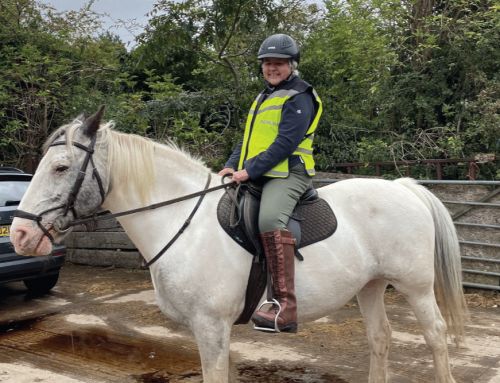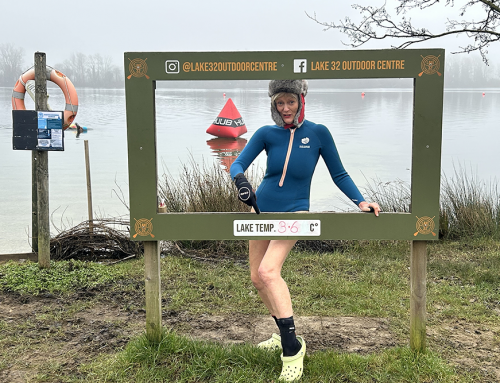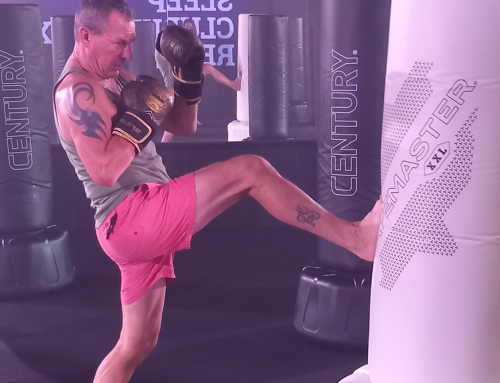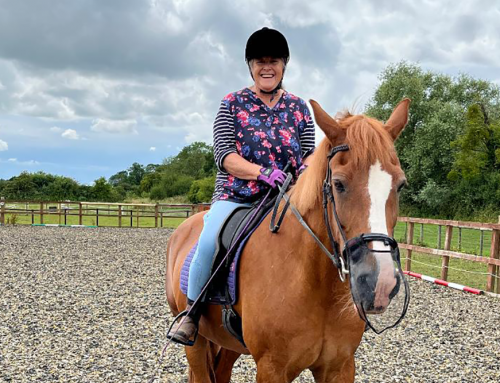We all love playing sport. Sporting participation is at an all-time high. Throughout lockdown many people have turned to sport for relaxation. We love getting involved with playing sports of all different types, football, hockey, handball and padel to name a few.
Unfortunately sporting injuries are common and happen for a variety or reasons. They may well be from accidental contact or they can be technique related, from overuse or from a muscle imbalance.
Many of us have a tendency to exercise and train in a similar way each time, which means that we train the same muscle groups in the same movement patterns. This is why doing different activities in your training program, a run one day, a HIIT session the next followed by circuits later in the week (cross training) helps maintain fitness for sport and helps reduce injury. A warmup for muscle activation with active stretching is key to help prevent injury.
Knee injuries can be caused by a twisting motions that the player is not accustomed to. A twist that is more strenuous than normal, challenging for a 50/50 ball or lunging for a cross court backhand or where the muscles are not adequately practiced enough to control the knee stability, can result in a knee injury.
Many people have heard of meniscal tears. The meniscus is the shock absorbing cartilage in the knee. This shock absorber protects the knee lining from abnormal loads that if lost can lead to arthritis in the long term.
“Lateral meniscectomy is the beginning of the end of the sportspersons knee”
Sometimes when the meniscus is torn it gives a clicking type sensation in a knee and pain with minor twists and changes of direction when walking. If you catch your foot awkwardly it can cause sharp stabbing pain. Worse still, difficulty in extending your leg comfortably and the inability to fully straighten your knee. Keyhole surgery to repair the torn cartilage maybe and is often recommended
More severe twisting injuries can result in injury to the anterior cruciate ligament, more commonly known as the ACL. High profile footballers are often in the news for having had ACL surgery. The ACL is responsible for maintaining knee stability during pivoting and changing direction especially at speed when balancing on one leg for example when kicking a ball or landing a jump.

Regularly injuries to the ACL can result in a giving way feeling when twisting or changing direction even in normal daily activities.
People who have an ACL injury will sometimes have meniscus tear as well. After the initial ACL injury, repetitive knee giving way can cause secondary meniscus tears and hence risk arthritis in later life.
It is important for knee stability to identify ACL injury early and manage it appropriately with early diagnosis from clinical examination and MRI scan. Physiotherapy will help to regain range of movement and then surgical reconstruction with repair of the meniscus is often needed.
At the Gloucestershire Knee Clinic we use of the latest surgical techniques for ACL reconstruction, meniscus repair and meniscus root attachment repair. We adopt the latest techniques based on data from the ‘Stability’ study in North America, combining the ACL reconstruction with an additional procedure called a lateral tenodesis, which reconstructs an additional ligament on the outside of the knee that is also injured at the time of ACL rupture, to help control rotation and improve return to sport.
Young people in sport.
Rates of ACL injury in adolescents are higher than ever. In 2021 teenagers train more like adults even though they are still growing and developing. Club participation promotes regular training and high level match play on a variety of pitch conditions. Consequently adolescents are faster, fitter and stronger in match play. The forces placed on the knee can thus cause rate of young persons ACL injury to increase.
At the Gloucestershire Knee Clinic we are strong believers in injury prevention. We advocate that the sports clubs of Gloucestershire to use an ACL injury prevention strategy, such as the FIFA11+. This simple warmup and active stretching program before sport participation in all sports be at football, hockey or netball can reduce the rate of sports related adolescent knee injuries.






